I graduated over 12 years ago (sigh) when things like email, chat and Google were still new. Most people didn't have a cell phone. Across the Charles River, the first version of Facebook was being developed. In general, the world was far less connected. Looking back, the breadth of career possibilities and lifestyle choices seem so limited.
I've always said that I'd go back to BC again in a heartbeat and I still think that holds true. However, I find a concept like the Minerva Project intriguing and it makes me wonder if our nation's top universities should be providing students with similar innovative global education options.
Dubbed "The University of Everywhere", Minerva has challenged the traditional concept of higher education, opting to use technology and global immersion to develop a nomadic school comprised of students representing different countries from around the world. At Minerva there is no minority or majority population. The campus rotates across seven different cities around the world so it's not rooting itself in just one history - it's rooting in many. Professors, physically located around the world, teach via an interactive online classroom. The curriculum focuses on critical and creative thinking as well as effective communication. If you think about it, this school must provide an explosion of diverse perspectives.
Imagine that by age 22, you've lived in San Francisco, Berlin, Buenos Aires, Hong Kong, Mumbai, London and New York. Your best friends might be from Israel, Brazil and China. Long gone are the massive lectures that many students sleep through. Instead, most of your courses are small virtual classrooms (Google Hangouts style) where participation and debate are required from all. Since you are living in different cities you get to actually see much of the content you are studying first hand.
Of course, this type of program is not for every student. In fact, I'd say it's not for most students, particularly those who are set on pursuing a specific field (ie medicine) or simply those kids already nervous about leaving the comforts of home. But for those outgoing students that crave adventure, this school could be a dream come true. Especially considering that it costs $10,000/year (USD) which is less than half of a typical US private school tuition.
Of course, there are some concerns. For example:
- How does Minerva attract top teaching talent? Their first hire was former Harvard professor Stephen Kosslyn so they are off to a good start. Perhaps there is an appeal for professors to work virtually so they can live wherever they please. If I had to choose between living in - say South Bend, Indiana and Paris, I'd choose Paris in a heartbeat. This also offers professors a way to continue teaching while doing in-market research for a new endeavor.
- $10K/year plus room & board is still pricey for many students, especially those coming from certain countries where the average household income is below $10K/year. Will a for-profit university offer decent scholarships to deserving students?
- Is an online classroom inferior to an in-person class? Based on my experience I'd say yes - it's far inferior. But then again, I'm not an 18 year old kid who grew up online.
The list of concerns is long, valid, and often originate from alumni and faculty from USA's most elite schools. By marketing themselves as "elite", Minvera has certainly struck a chord. While I'm not an expert in higher education, I support innovation across industries and I think travel can be a tool for both educational enrichment and relationship development. I hope our leading universities take note and start incorporating a nomadic education option for those students interested and capable.
In college I spent a semester abroad in Spain and it opened up my eyes to a lifetime of thrilling possibilities. I still consider it to be one of the best decisions I've ever made because it threw me way out of my comfort zone, which is how I learned to be more confident. Travel set the tone for my adult life, pushing me to take risks, to learn from doing, and to gain perspective. I think programs like the Minerva Project will help young people thrive in our global economy as well as gain understanding and tolerance for people from other cultures. I'm looking forward to seeing how the program evolves and what its future alumni accomplish in the world!
To learn more about Minerva, check out the video below and this article from The Atlantic.


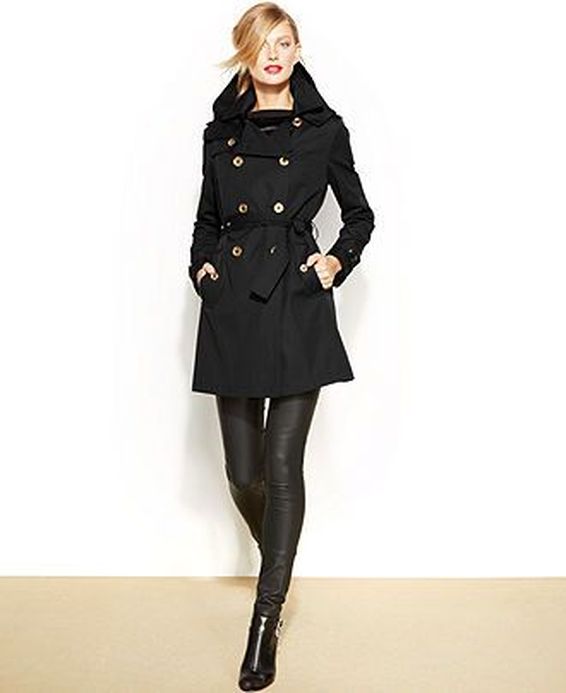
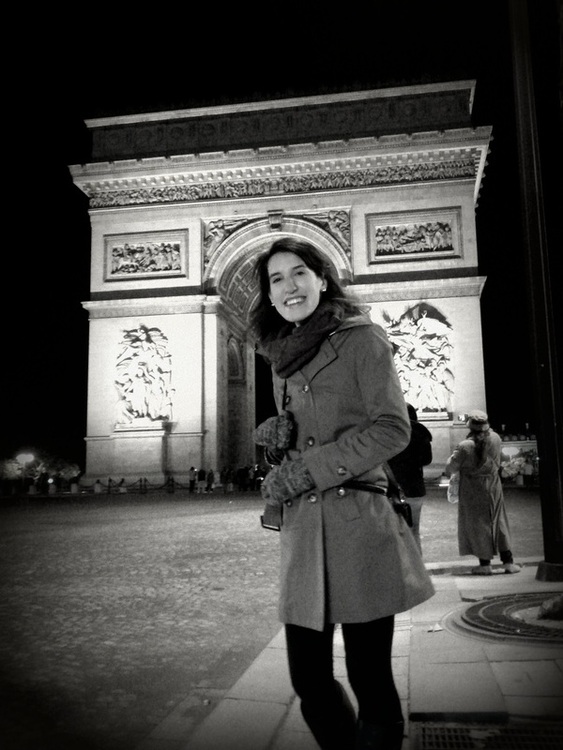
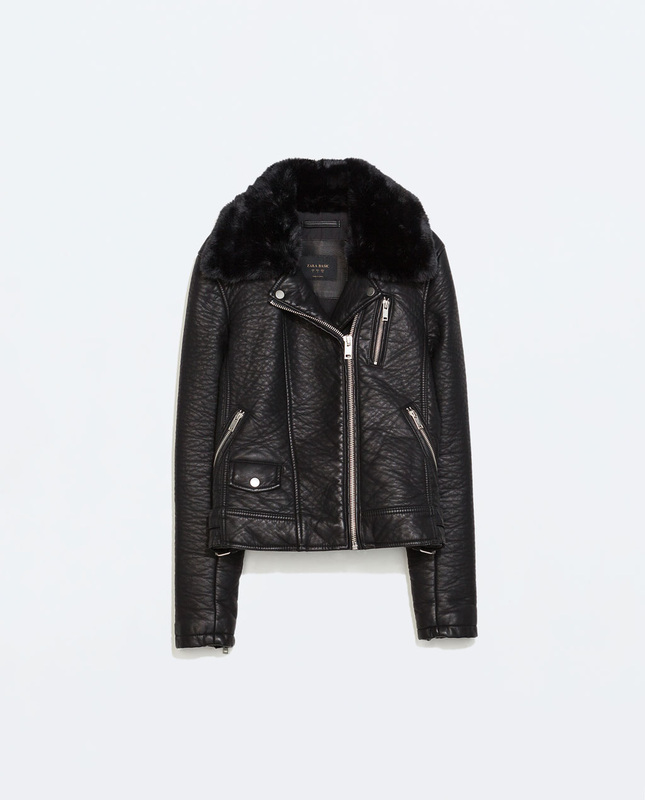
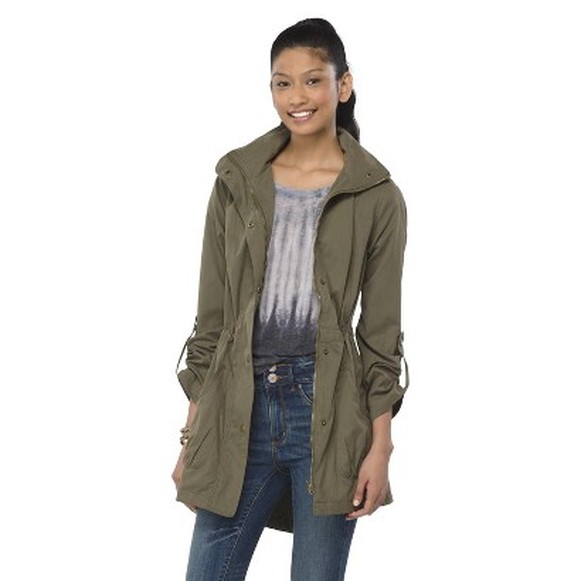
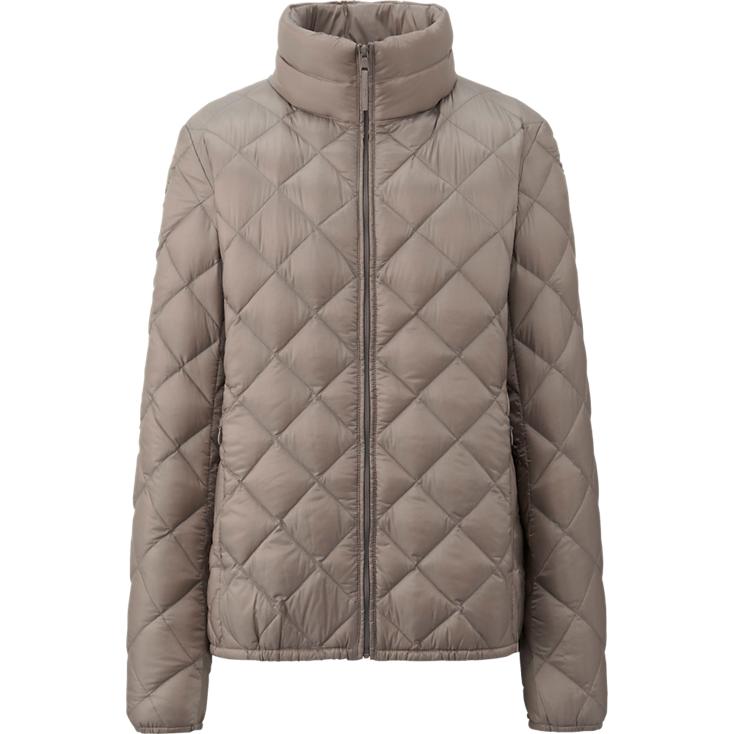
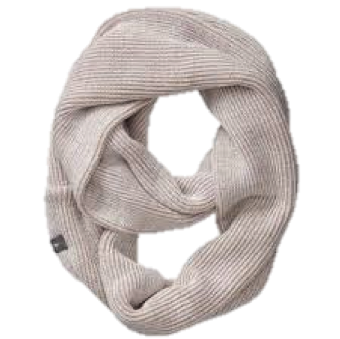

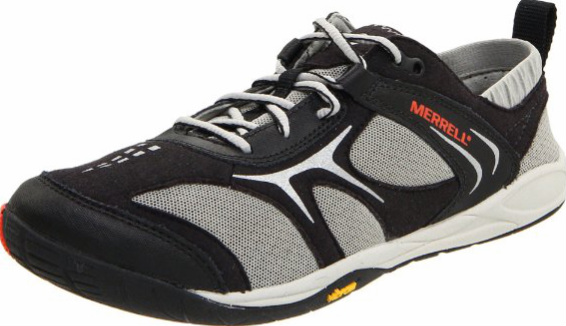


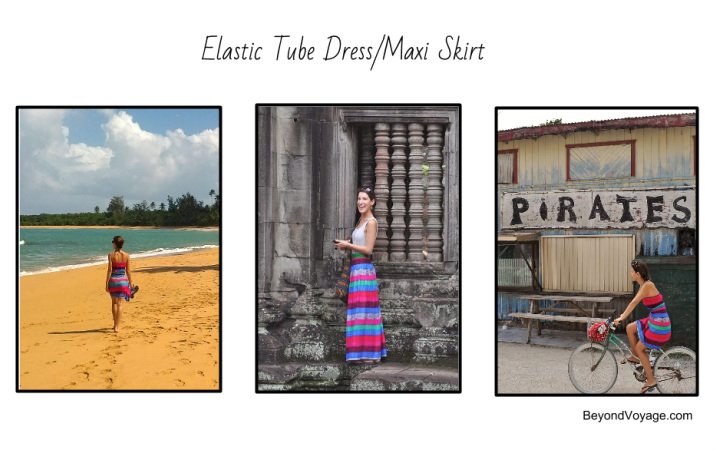

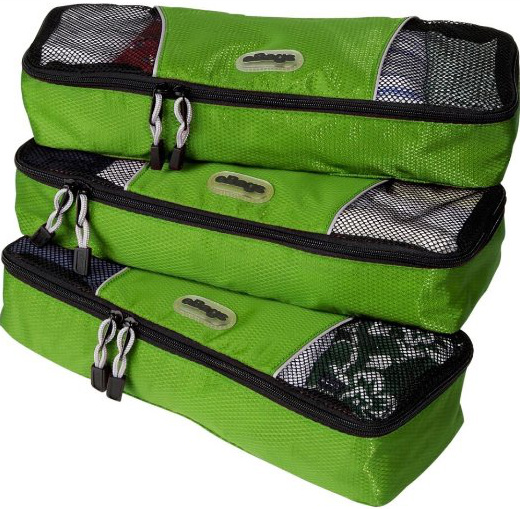
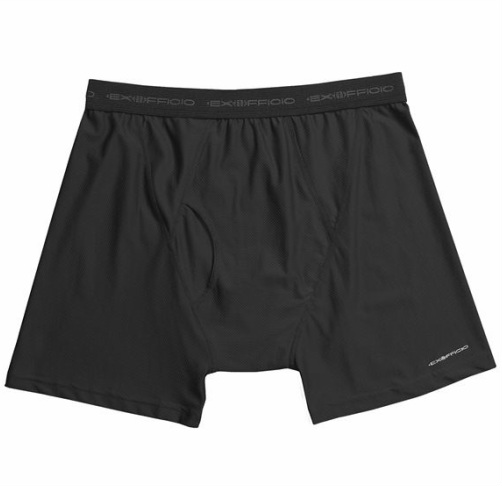
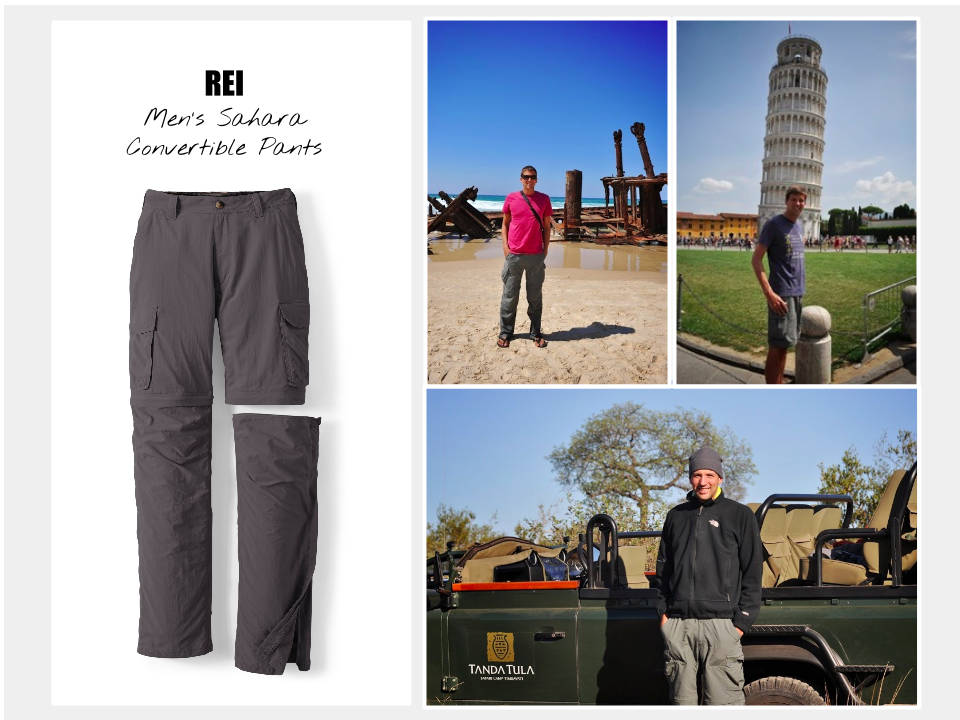
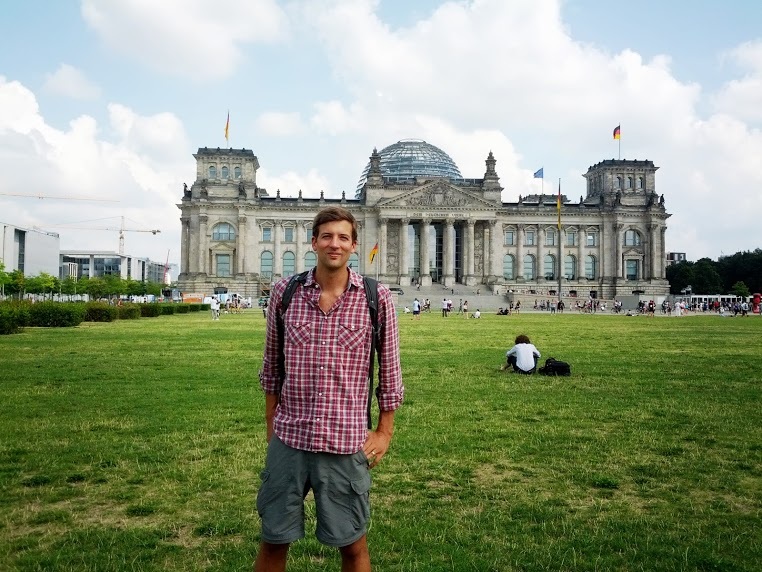

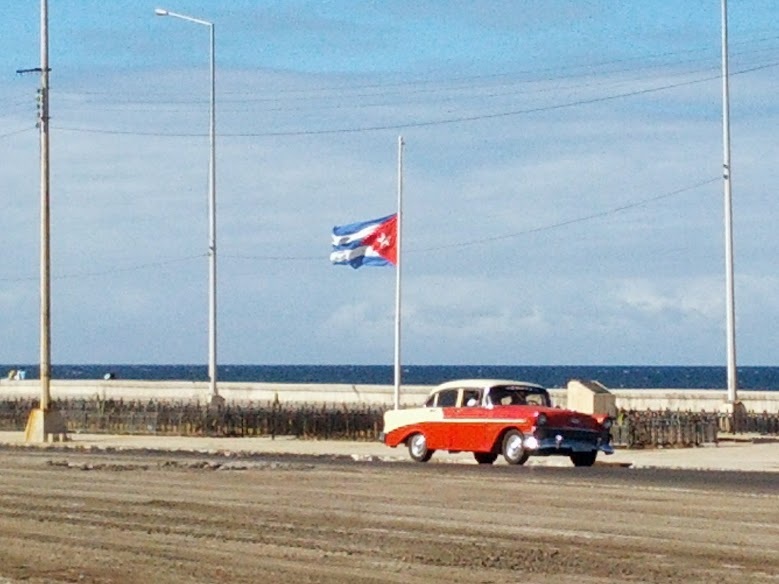
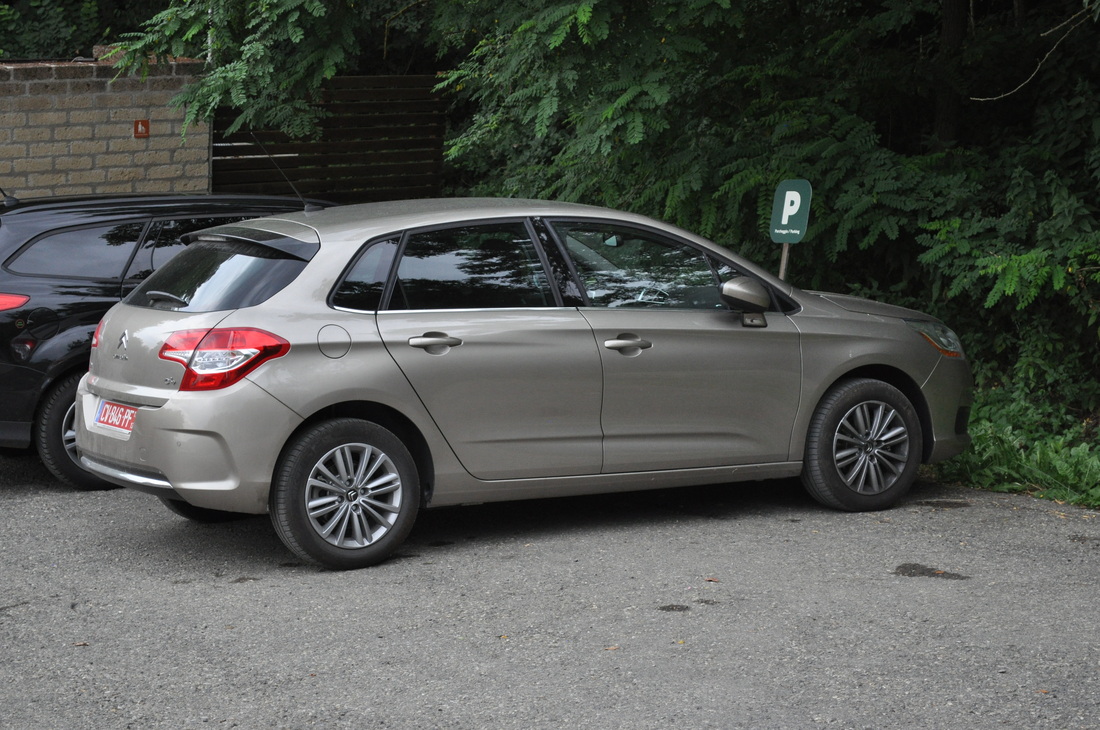

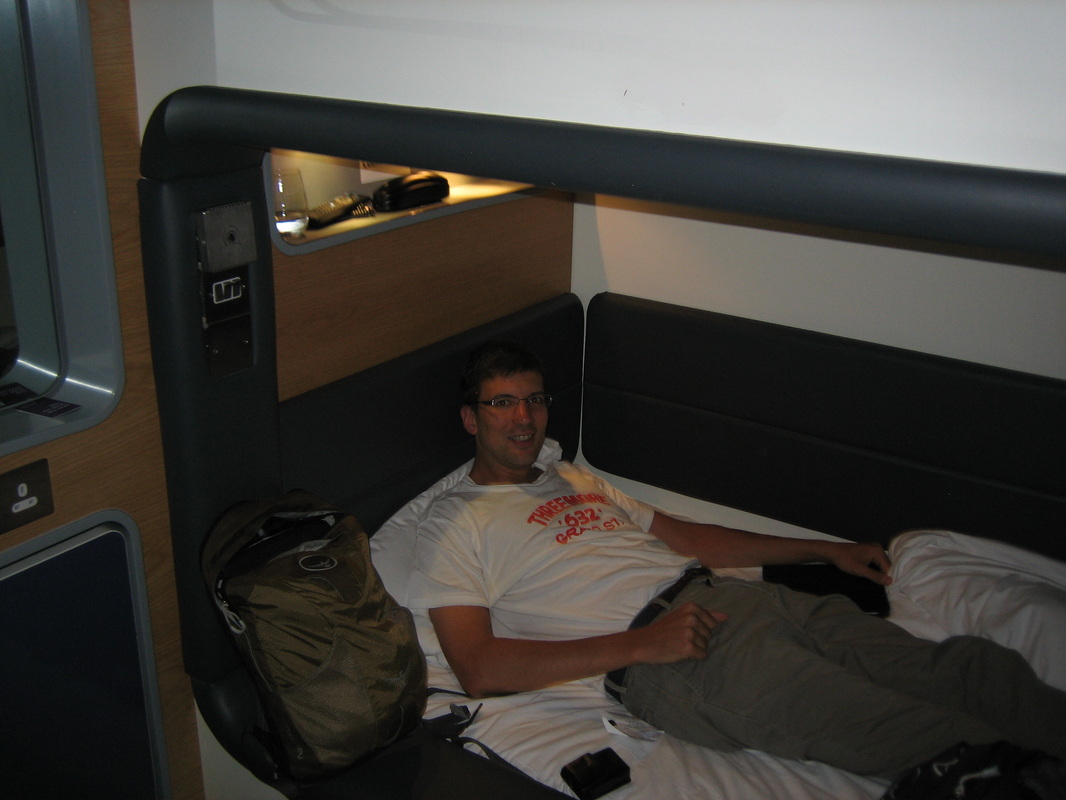


 RSS Feed
RSS Feed
